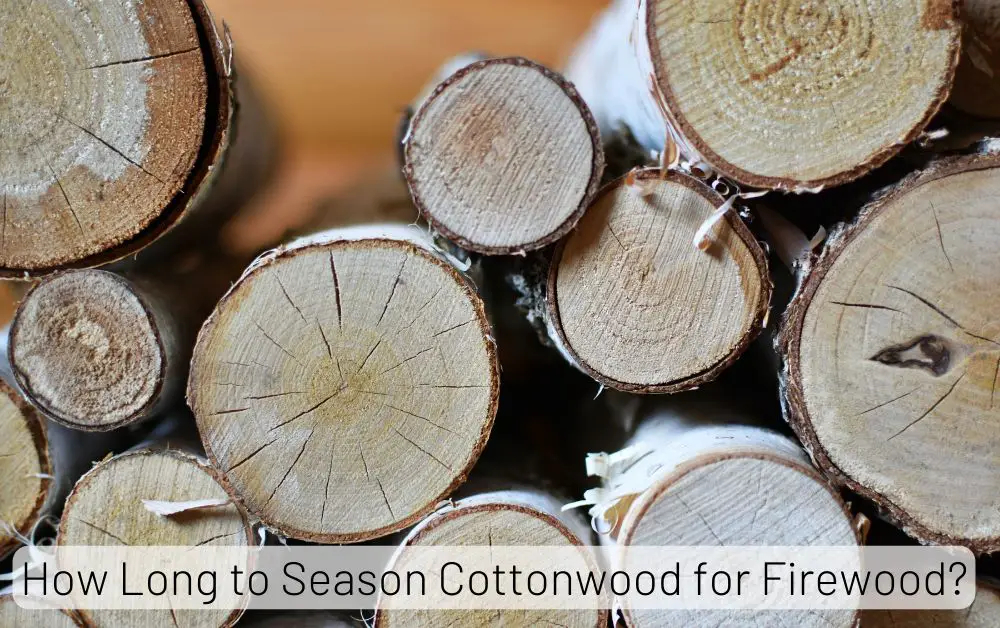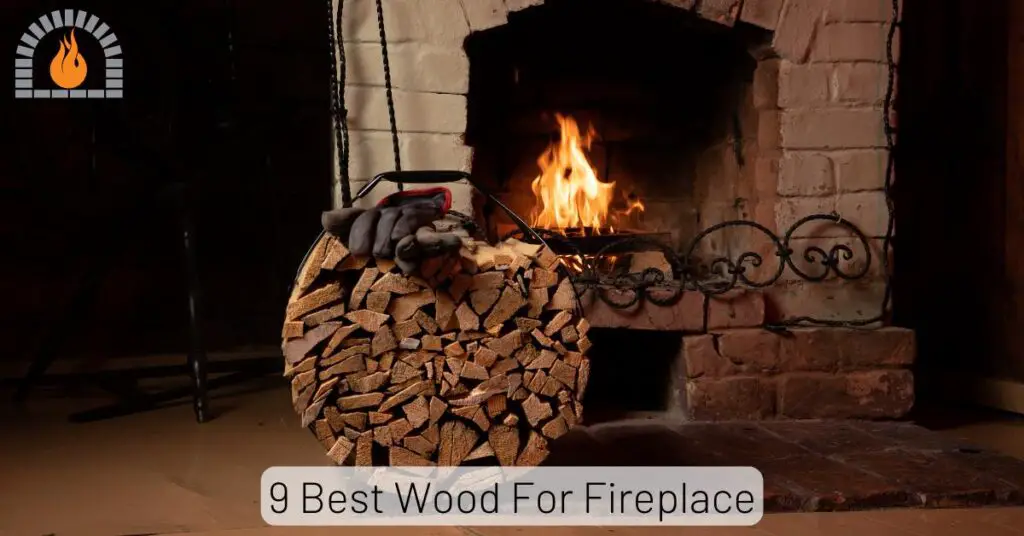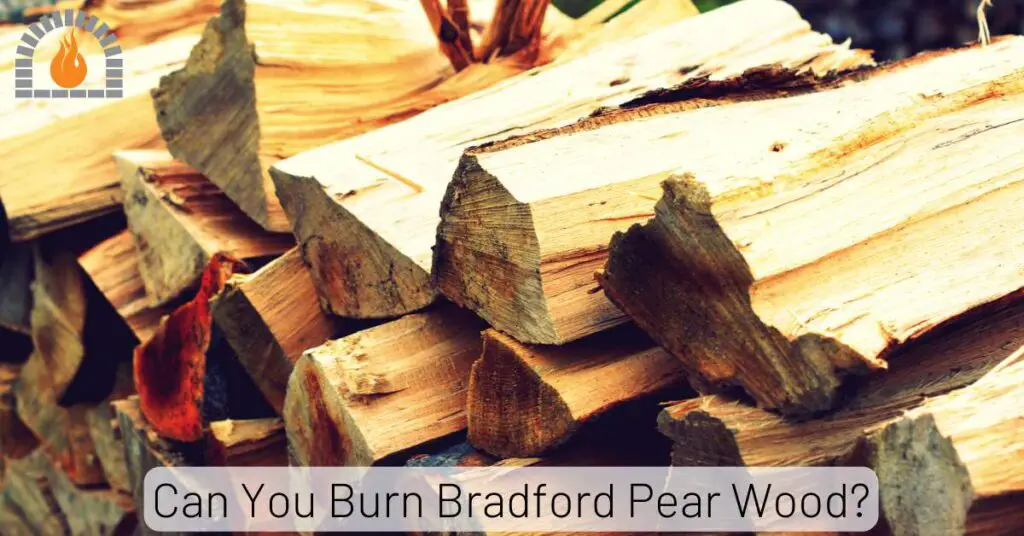Chainsaws are complex power tools composed of numerous specialized components that work together to deliver efficient cutting performance. Understanding chainsaw parts is essential for proper maintenance, troubleshooting, and ensuring safe operation. From the engine that powers the tool to the chain that does the cutting, each component plays a crucial role in the chainsaw’s functionality.
This guide contains all chainsaw parts and explains how to maintain them for optimal performance and longevity.
1. Chainsaw Carburetor
2. Chainsaw Chain
3. Chain Saw Starter Assembly
4. Chainsaw Intake Baffle
5. Bulb Pump Replacement
6. Chainsaw Replacement Recoil Starter Rope
7. Fuel Line Hose for Chainsaw
8. Chainsaw Cover Bar Nut Replacement
9. Fuel Cap Oil Cap For Cahinsaw
10. Chainsaw 7pcs Kit Sprocket Clutch Drum
11. Chain Brake Sprocket Cover
12. Single Recoil Pull Starter Assembly Chainsaw
13. Chainsaw Fuel Line Kit Replacement
14. Chainsaw Mill Winch Kit
Essential Chainsaw Components: The Complete Breakdown
Every chainsaw, regardless of brand or size, shares fundamental components that make it function. At its core, a chainsaw consists of an engine system, a cutting mechanism, safety features, and various supporting parts that ensure smooth operation. Whether you’re a professional logger or a weekend warrior tackling yard work, familiarity with these essential chainsaw parts will help you operate, maintain, and troubleshoot your equipment more effectively.
The engine system serves as the heart of the chainsaw, converting fuel into mechanical power. This system includes the cylinder and piston, carburetor, ignition system, and exhaust components. Each plays a critical role in generating the power needed to drive the cutting chain.
The cutting mechanism, comprising the guide bar and chain, is where the actual work happens. These components must work in perfect harmony to deliver clean, efficient cuts while minimizing kickback and other safety risks.
| Component System | Key Parts | Primary Function |
|---|---|---|
| Engine System | Cylinder, piston, carburetor, spark plug | Generates power to operate the chainsaw |
| Cutting System | Guide bar, chain, drive sprocket | Performs the actual cutting work |
| Safety System | Chain brake, hand guard, throttle lock | Prevents accidents and injuries during operation |
| Fuel System | Fuel tank, fuel filter, fuel lines | Supplies clean fuel to the engine |
| Lubrication System | Oil tank, oil pump, oiler holes | Lubricates the bar and chain to reduce friction |
Engine and Fuel System Parts: Powering Your Chainsaw
The engine is unquestionably the powerhouse of your chainsaw, converting fuel into the mechanical energy needed to drive the cutting chain. Modern chainsaws typically feature either two-stroke or four-stroke gasoline engines, though electric and battery-powered models are increasingly popular. Understanding the intricacies of chainsaw engine components is crucial for proper maintenance and troubleshooting.
The cylinder and piston assembly forms the core of the engine’s power generation. These components work together to compress the air-fuel mixture and convert the resulting explosion into rotational motion. High-quality chainsaws often feature chrome-plated cylinders and forged pistons for enhanced durability and heat dissipation.
The carburetor plays a vital role in mixing air and fuel in the correct ratio before delivering it to the combustion chamber. Proper carburetor adjustment is essential for optimal performance, fuel efficiency, and emissions control. Most modern chainsaws feature carburetors with adjustable high and low-speed screws, allowing fine-tuning for different operating conditions.
Fuel system components include the fuel tank, fuel filter, and fuel lines. These parts work together to deliver clean fuel from the tank to the carburetor. The fuel filter, typically located inside the fuel tank, prevents debris from entering and potentially clogging the carburetor. Regular replacement of the fuel filter is essential for maintaining proper engine performance.
The ignition system generates the spark needed to ignite the air-fuel mixture in the combustion chamber. Key components include the flywheel, ignition coil, and spark plug. A properly functioning ignition system ensures reliable starting and consistent engine performance.
| Symptom | Possible Cause | Solution |
|---|---|---|
| Hard starting | Dirty spark plug, clogged carburetor | Clean or replace spark plug, clean carburetor |
| Poor performance | Clogged air filter, incorrect fuel mixture | Clean air filter, use proper fuel-oil ratio |
| Engine overheating | Insufficient lubrication, dirty cooling fins | Check oil levels, clean cooling fins |
| Fuel leaks | Damaged fuel lines, cracked tank | Replace fuel lines, repair or replace tank |
Cutting and Bar Components: Where the Action Happens
The cutting system is where your chainsaw performs its primary function, and understanding these components is essential for both safety and efficiency. The guide bar and chain work together to cut through wood, but several supporting components ensure this happens smoothly and safely.
The guide bar, typically made of high-grade steel, provides the track for the chain to follow during operation. Bars come in various lengths, typically ranging from 12 to 36 inches, with longer bars suitable for larger trees and professional applications. The bar’s groove must be kept clean and properly lubricated to prevent excessive wear and ensure smooth chain movement.
The chain consists of a series of cutting teeth connected by drive links and tie straps. Each cutting tooth features a depth gauge that controls how much wood is removed with each pass. Proper chain sharpening and tension adjustment are critical for both performance and safety. A dull or improperly tensioned chain can lead to inefficient cutting, increased kickback risk, and premature wear on both the chain and bar.
The drive sprocket connects the engine’s power to the chain, transferring rotational motion to drive the cutting teeth. Sprockets can be either spur-type (fixed) or rim-type (replaceable), with the latter offering easier maintenance and longer service life. Regular inspection and replacement of worn sprockets is essential for maintaining optimal chain speed and cutting performance.
The chain tensioner allows for precise adjustment of chain tightness, ensuring proper engagement with the bar groove without being overly tight, which could cause premature wear. Most modern chainsaws feature tool-less tensioning systems, allowing for quick adjustments in the field.
| Chain Type | Characteristics | Best Applications |
|---|---|---|
| Full Chisel | Square-cornered teeth, fast cutting | Clean wood, professional felling |
| Semi-Chisel | Rounded-corner teeth, stays sharp longer | Dirty wood, occasional users |
| Low Profile | Smaller teeth, reduced kickback | Light-duty work, homeowner models |
| Ripping Chain | Specialized tooth angle for cutting with the grain | Milling lumber, slabbing |
| Carbide-Tipped | Extremely hard teeth, long-lasting | Cutting abrasive materials, dirty wood |
Safety Features and Guards
Modern chainsaws incorporate numerous safety features designed to protect operators from injury. Understanding these chainsaw safety components is crucial for safe operation and maintenance. These features have evolved over decades of research and development, significantly reducing the risk of accidents when properly maintained and used.
The chain brake is perhaps the most critical safety feature on modern chainsaws. This mechanism stops the chain almost instantly when triggered, either by the operator’s hand hitting the front guard or by the inertial forces generated during kickback. Regular testing of the chain brake is essential to ensure it functions correctly when needed.
The hand guard, typically located at the front of the chainsaw, serves multiple purposes. It protects the operator’s hand from flying debris, helps trigger the chain brake during kickback events, and provides a stable grip during operation. High-quality hand guards are made from durable materials that can withstand impact without breaking.
The throttle trigger lockout prevents accidental throttle engagement by requiring a separate action to unlock the throttle before it can be activated. This feature ensures the chainsaw won’t start unexpectedly, reducing the risk of injury during starting or when carrying the tool.
The anti-vibration system reduces the transmission of vibrations from the engine and cutting system to the operator’s hands. Prolonged exposure to high levels of vibration can lead to circulation problems and nerve damage, making this feature particularly important for professional users who operate chainsaws for extended periods.
The chain catcher is a small metal or plastic guard located near the sprocket that’s designed to catch the chain if it breaks or derails. Without this feature, a broken chain could easily strike the operator, causing serious injury.
Maintenance and Replacement Parts
Regular maintenance is essential for keeping your chainsaw operating safely and efficiently. Understanding which chainsaw maintenance parts require regular attention and replacement will help you extend the life of your tool and ensure optimal performance.
Air filters prevent dust and debris from entering the engine, where they could cause premature wear or damage. Most chainsaws use either foam or paper air filters, with foam filters being cleanable and reusable, while paper filters typically require replacement. Regular inspection and cleaning/replacement of the air filter is one of the most important maintenance tasks for any chainsaw operator.
Spark plugs ignite the air-fuel mixture in the combustion chamber and should be checked regularly and replaced as needed. A worn or fouled spark plug can cause hard starting, poor performance, and increased fuel consumption. Most manufacturers recommend replacing spark plugs annually or after every 100 hours of operation.
Fuel and oil filters should be replaced regularly to ensure clean fuel and lubrication reach their respective systems. Clogged filters can cause poor performance, overheating, and premature wear on engine components. Most manufacturers recommend replacing these filters annually or more frequently if operating in dusty conditions.
The bar and chain oil system requires regular attention to ensure proper lubrication of the cutting system. This includes checking oil levels, cleaning the oiler holes, and replacing the oil filter if equipped. Insufficient lubrication can cause rapid wear of both the bar and chain, leading to poor performance and potential safety hazards.
| Component | Maintenance Frequency | Maintenance Task |
|---|---|---|
| Air Filter | Every 5 hours of use | Clean or replace |
| Spark Plug | Every 100 hours or annually | Inspect, clean, or replace |
| Fuel Filter | Annually | Replace |
| Chain | Every time the tank is refilled | Check tension and sharpen if needed |
| Bar | Every 10 hours of use | Clean groove, check for wear, flip if applicable |
| Sprocket | Every 3-4 chain replacements | Inspect and replace if worn |
Choosing Quality ChainsawReplacement Parts
When it’s time to replace worn or damaged components, selecting the right chainsaw replacement parts is crucial for maintaining performance and safety. Understanding part compatibility, quality indicators, and sourcing options will help you make informed decisions and avoid potential problems.
OEM (Original Equipment Manufacturer) parts are made by the same company that produced your chainsaw and offer guaranteed compatibility and quality. While typically more expensive than aftermarket options, OEM parts provide peace of mind and are often backed by manufacturer warranties.
Aftermarket parts are produced by third-party manufacturers and can offer significant cost savings compared to OEM parts. Quality varies widely among aftermarket suppliers, with some offering components that meet or exceed OEM specifications, while others may produce inferior products. Researching reputable aftermarket brands and reading user reviews can help identify quality options.
Compatibility is paramount when selecting replacement parts. Even small variations in dimensions or design can lead to poor performance, accelerated wear, or safety hazards. Always verify part numbers and compatibility information before purchasing, and consult your chainsaw’s manual or the manufacturer’s website if unsure.
For critical components like chains, bars, and engine parts, investing in quality replacements is particularly important. These components directly affect performance and safety, and skimping on quality can lead to poor results or increased risk of accidents.
| Factor | OEM Parts | Quality Aftermarket Parts |
|---|---|---|
| Compatibility | Guaranteed | May require verification |
| Price | Higher | Lower to moderate |
| Quality | Consistent and high | Varies by manufacturer |
| Availability | May be limited for older models | Often widely available |
| Warranty | Usually included | Varies by manufacturer |
| Performance | Matches original specifications | May meet or exceed OEM |
Affiliate Disclosure: Fireplaceadviser.com is a participant in the Amazon Services LLC Associates Program. We may earn a commission when you click on certain links on this site and purchase.

Hello!! I am Jamal Khan. I often fix my home electric heaters and gas stove problems and research the common issues in the heating units to improve my knowledge and expertise. The aim of establishing fireplaceadviser.com is to share my expertise and knowledge with my audience.
































